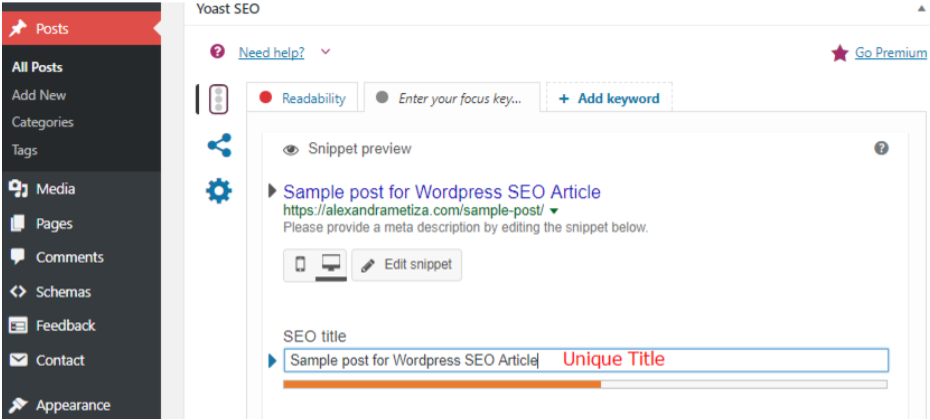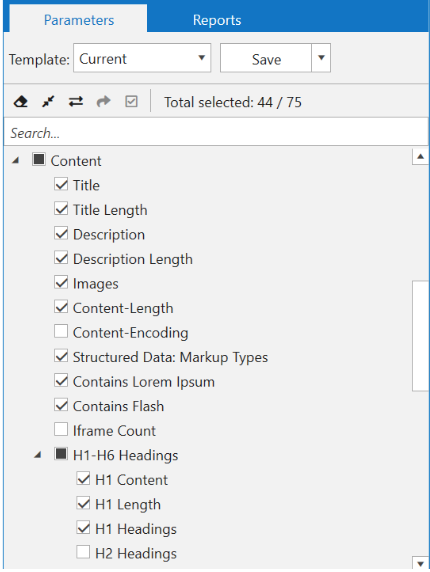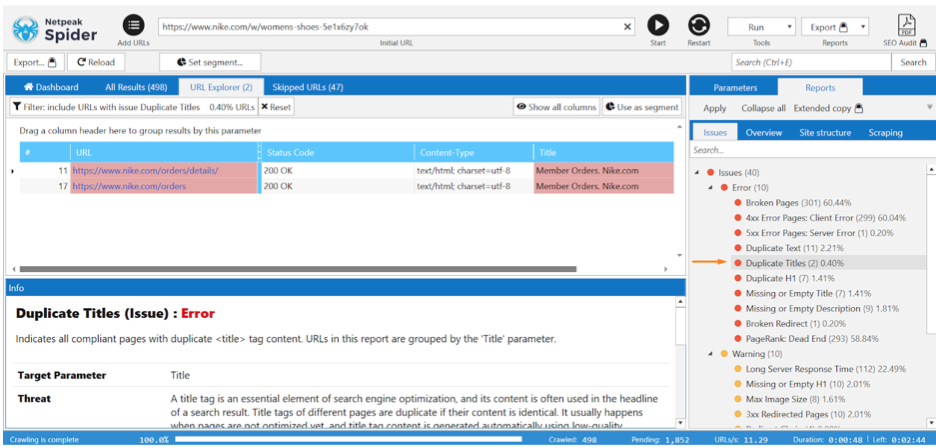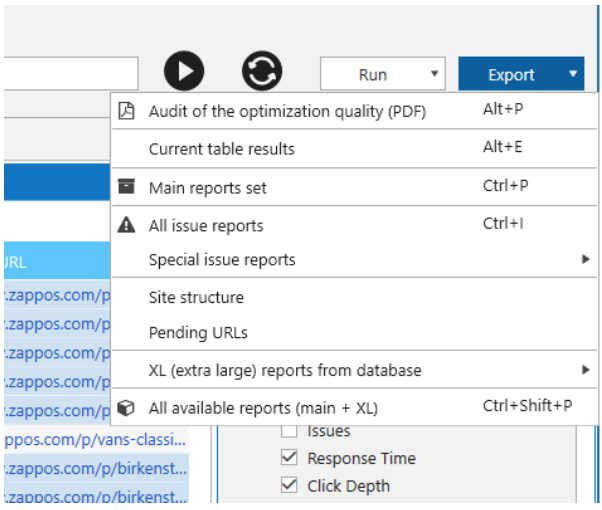What Does a Duplicate Title Mean and How to Battle It?
Site Audit Issues
Content:
- What's a Duplicate Title?
- What Causes Links with Duplicate Title Tags?
- How To Fix Links with Duplicate Page Titles?
- Fixing Duplicate Page Titles With Netpeak Spider
- Conclusion
When multiple pages on your website have a similar copy in the title tag, you bump into duplicate title pages. It often happens when all these pages center around the same subject. Do duplicate page titles affect SEO? Yes, they do! Search engines like Google find it challenging to verify which page should be ranked higher for users looking for related keywords. As a result, none of these pages may appear in SERP.
No need to worry, though, since in this article, we gathered all of the insights on duplicate title tags and how to deal with them with the Netpeak Spider tool. Ready? Then scroll down to start this journey!
What's a Duplicate Title?
A page title tag appears at the document's header and briefly describes what is on that page. The text contained between title tags is your page’s title: <title>Your Page’s Title</title>. Here is a title of web page example:

These tags are viewed as a priority for search engines and are applied in several ways. It includes naming the browser’s title bar or acting as an anchor text within your page’s snippet whenever it appears on a SERP.
When two or more pages of your website share the same title tags, this is a duplicate title tags SEO issue. Such titles make it difficult for search engines to determine what makes the content on various pages unique. Duplicate title tags can thus result in lower rankings.
What Causes Links with Duplicate Title Tags?
Since we found duplicate title meaning, let’s move to the common reasons for its appearance. Several factors can cause page title duplicity:
- Content Recycling: Duplicate title tags can occur if the same title is applied to several web pages.
- Link Parameters: Different link parameters, like session IDs or tracking codes, can create several links for the same content, resulting in duplicate title tags.
- Content Pagination: Multiple-page content, such as blog posts or e-commerce product listings, often generates duplicate title tags.
- Auto Titles Creation: Your content management system (CMS) may automatically create duplicate title tags for your website based on templates.
- Incorrect Redirects: Search engines can index multiple page versions if redirects are misconfigured.
- Canonical Issues: Duplicate pages without canonical tag can cause duplicate title tags, since search engines cannot distinguish the original content from the duplicates.
How To Fix Links with Duplicate Page Titles?
After handling primary questions like “What is site title and duplicate title tags?” and “Why does duplicate title tag appear?”, we are ready to resolve the matter. Here is what you can consider to eliminate such SEO issues:
Change the title tag in your CMS
Find which pages suffer from duplicate title tag issues and rewrite them to be unique and descriptive. Ensure that each title tag accurately represents the content on the page, includes relevant keywords, and is distinctive.
Use 301 redirects
The other way for a duplicate title tag solution is redirecting the user from the page with such content to the original one. Implement a 301 redirect to combine the duplicates and eliminate the issue.
Benefit from canonical tags
Canonical tags (rel = canonical) help search engines understand which version of the page with similar content is essential. They help search engines identify which page to index, which will prevent the appearance of duplicate page titles.
Keep an eye on dynamic links
Monitor your URL parameters using tools like Google Search Console or any other SEO tool. This way, you can prevent duplication of title tags due to link variations that lead to the same content.
Insert meta tag "noindex, nofollow"
The <meta name="robots" content="noindex, nofollow"> meta tag tells the robot not to index the web page and not to follow the links. Just add this tag to the page’s HTML title tag.
Fixing Duplicate Page Titles With Netpeak Spider
Netpeak Spider is an excellent scanner for detecting repeated title tags and other meta tags. To be able to proceed, just follow this easy instructions:
- Navigate to Netpeak Spider and insert the website link you want to audit into the input field. Before you click the Start button to crawl the website, choose Title Parameters under the Content section.
- After the crawling, you will receive all Issues reported on the pre-selected parameters on the right window. Press on Duplicate Titles from the list, and you will see all the affected links with the recommendations on their fix.
- You can export all search results in the preferred format for further analysis.

Apart from the title content and length, you can also check H1 and Description duplicity.



This way, you quickly and successfully run the title tag checker, and now you know the trouble spots in your titles. So, the last step is to get rid of the harmful duplicate title tags!
Conclusion
The title tag is significant for your web page because it summarizes the content for search engines. Your page’s SERP rankings also get affected due to title tags. So, is duplicate title bad? Definitely! Duplicate title tags on various pages can confuse search engine crawlers and negatively affect rankings. Content reuse and pagination, wrong redirects, issues with canonicalization, and others might cause duplicate title tag issues. As always, you can fix the issue manually or benefit from SEO tools like Netpeak Spider, as described in this article.
Say farewell to duplicate title tags with the Netpeak Spider website’s crawler! Press here to audit your web pages now.



.png)
